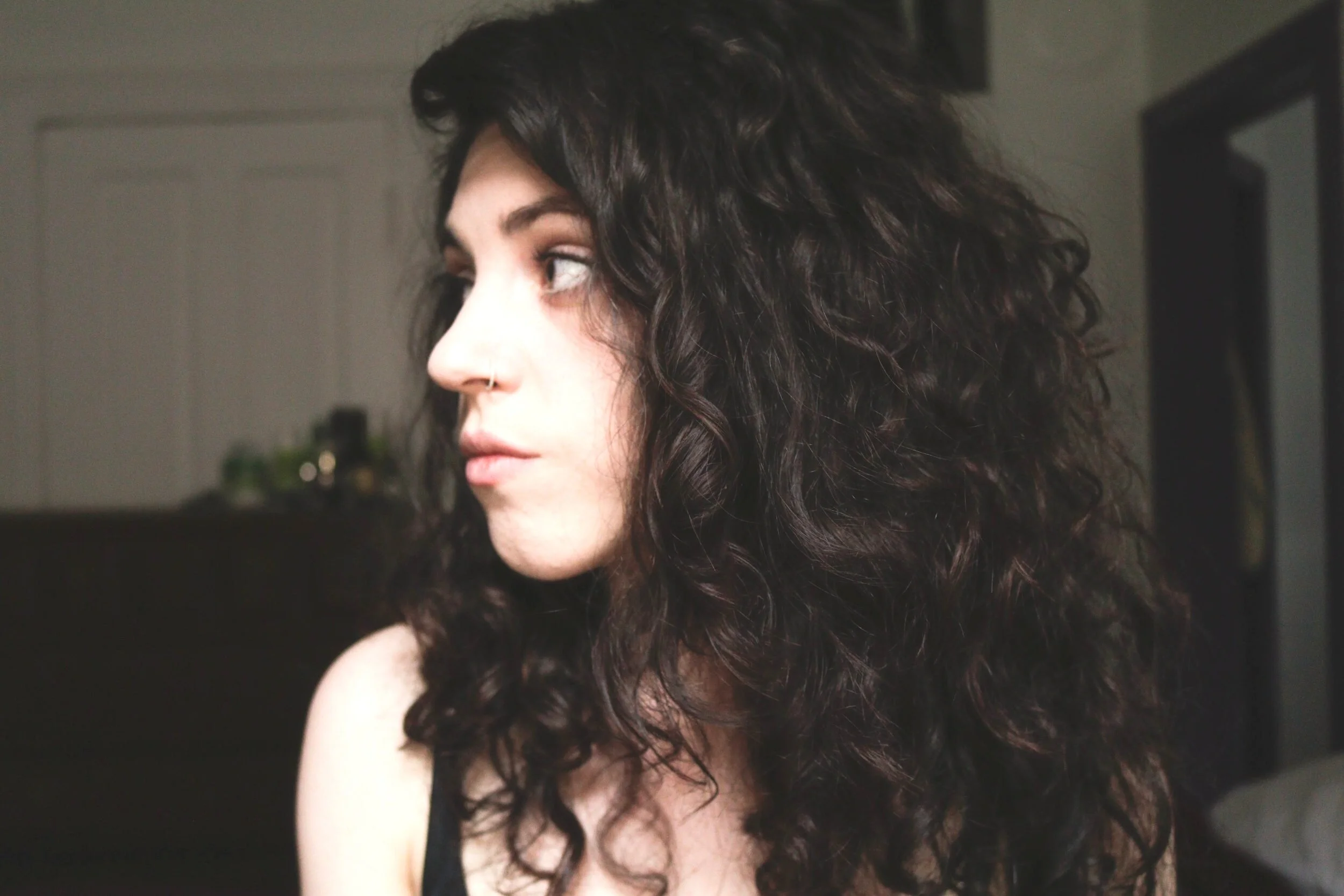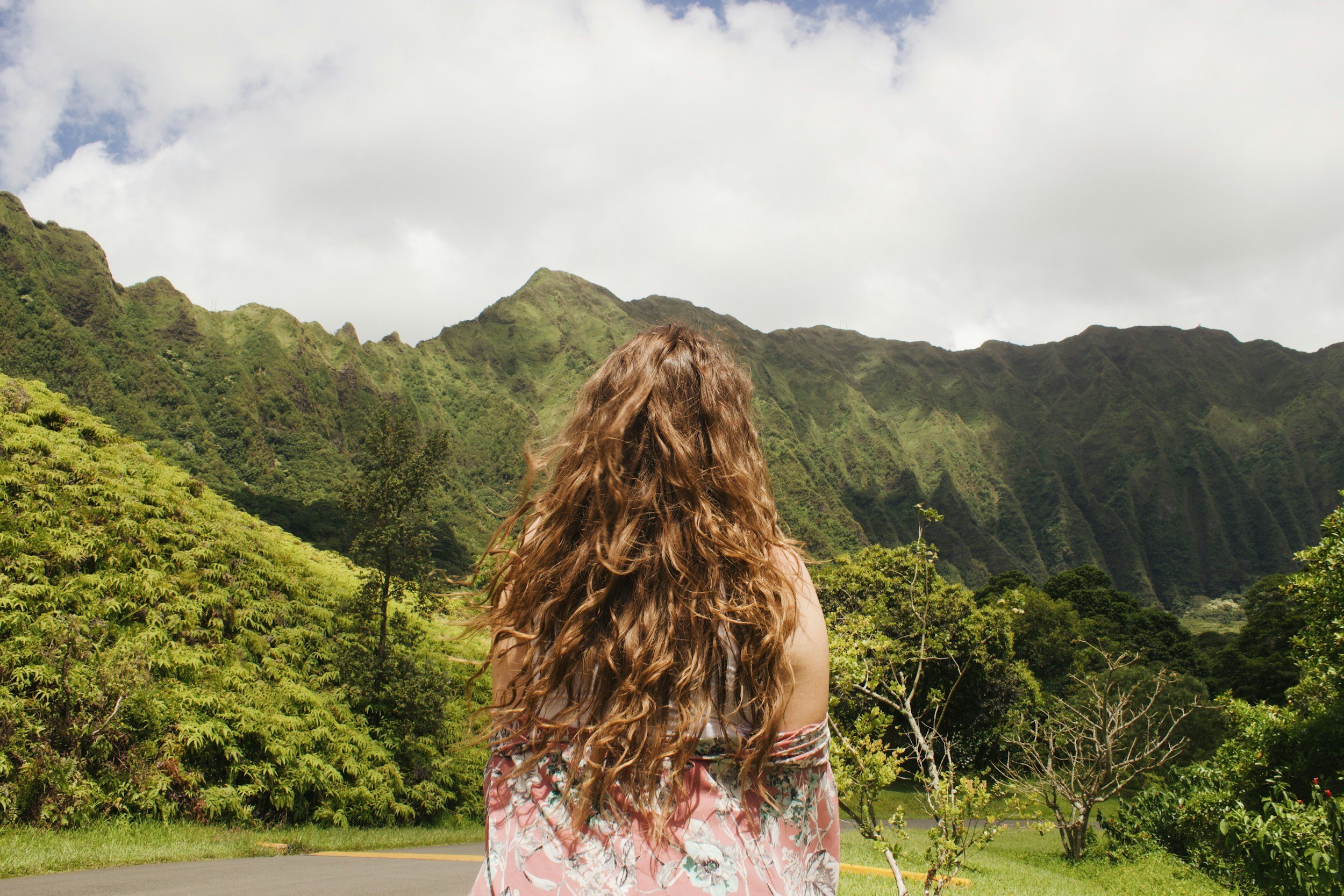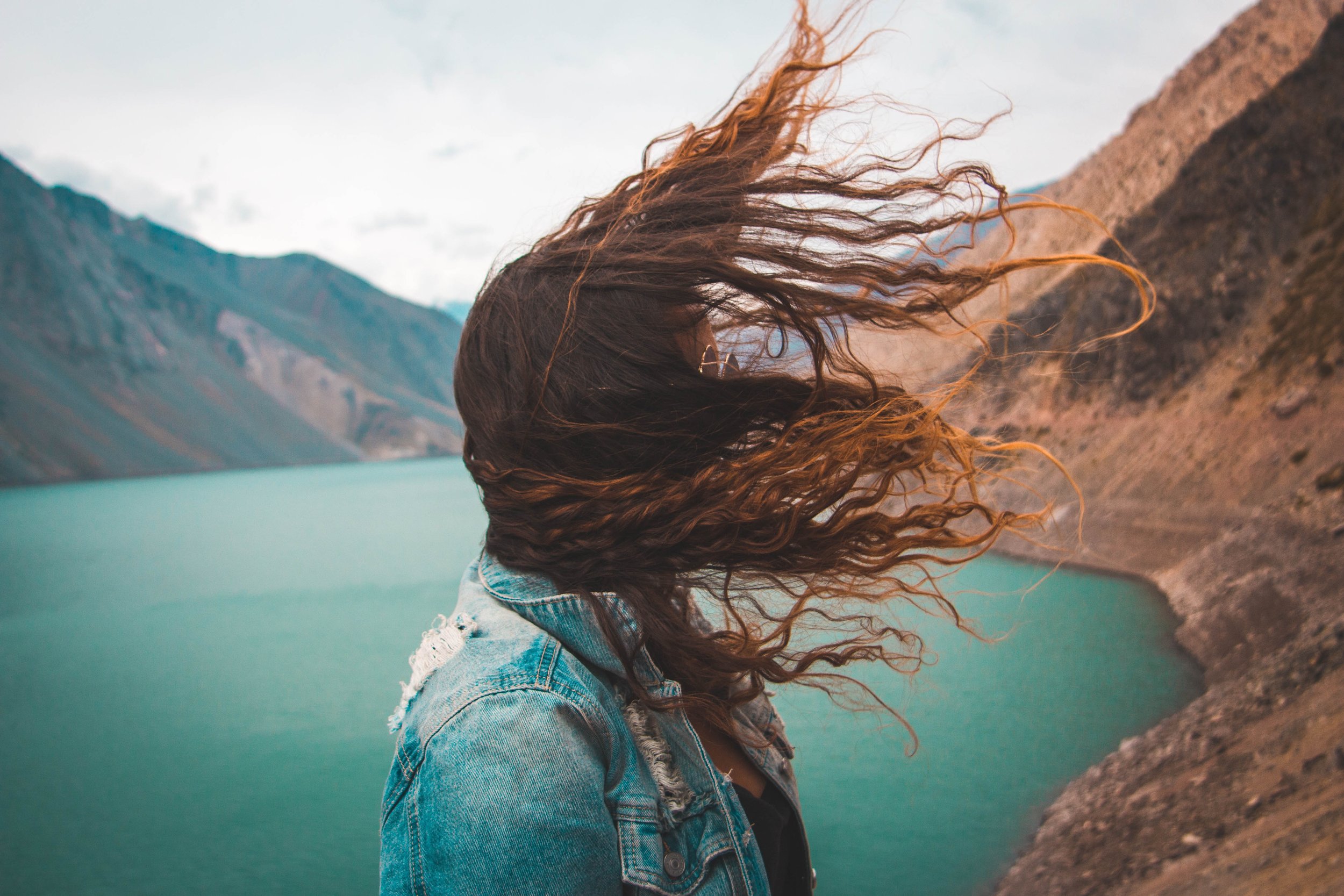Caring for Natural Hair: How To Do It Without Looking Like A Hot Mess
Whether you’re a naturalista newb or you’ve been rocking your god-given locks for years, caring for natural hair is a journey en route to fabulous.
I have been on my natural hair journey for about four years now and my hair has transformed dramatically.
Gone are my weird straight bits amid a sea of brittle frizz - hello hydrated waves and coils. I’ve tried oils, sulfates, no sulfates, shea butter, henna, gels, mousses, creams, co washing, not washing, washing frequently, washing with unconventional cleansers (spoiler: apple cider vinegar was an epic fail) - you name it - and I’m here to impart my findings. Brace yourselves.
For context, I have dark Caucasian 2b to 3a curly hair that is prone to dryness and breakage, and my oh my does it hate chemicals. And I mean, hates them. I learnt that the hard way dabbling with box dyes, bleach and non curly girl-friendly shampoos and conditioners.
While the process varies widely depending on the type of hair you have, the foundations are the same whether your hair is curly, straight or anything in between. I’m going to talk a lot about curly girl-friendly products in this, but really, I think everyone should be using those anyway. They’re free of drying alcohols, silicones, sulfates and harsh chemicals, so they basically suit any hair type.
Before we kick-start this this adventure together, I want to add that I’ve done a lot of research on caring for curly and natural hair over the years, but that doesn’t mean these are set rules - it’s just something to get your started. Whatever works for you, works - try it all out and see what happens!
Note: There are some affiliate links in this post, but I have tried and tested everything recommended and my reviews are 100% genuine.
What it really means to go natural
In a nutshell, having natural hair means you don’t use chemicals or heat to alter the texture, colour or pattern of your hair.
Relaxers, perms, dyes and heat tools weaken the hair shaft and make it dry, brittle and prone to breakage, but it they also impact the the overall shape and appearance of your hair. For example, if you have curly hair, your curl pattern might collapse a bit or cause your curls to jut out at weird angles. The more you use chemicals and heat, the higher the risk of damage.
By this point you might be thinking of someone you know with luscious tendrils who dyes or straightens their hair all the time, but odds are it’s because they just have naturally resilient hair. Some people also sun bake a lot and have no wrinkles, or eat a lot of junk and don’t put on weight - it’s all down to genetics in the end, and people with thicker strands tend to be able to put their hair through a lot. This doesn’t mean their hair is unaffected, it just means the damage isn’t as visible.
At the end of the day, you want to try and take care of your hair the way you take care of your body. Foods laden with natural ingredients are recommended for a healthy body, and it’s the same with your hair - the less you pump it full of chemicals, the healthier it will be.
One year in to my natural hair journey
Step 1: Restock your hair products
I’ve written quite a bit about the damage sulfates, silicones, alcohols and chemicals, so here’s a basic run down from a previous post:
The curly girl method states that washing your hair with regular shampoos is akin to washing your hair with dish soap. And when you look at the ingredients of each, they’re scarily similar.
Both contain an ingredient called ‘sodium laureth sulfate’ – a harsh detergent that strips away the oil on a fry pan, just as it strips away the natural oils on your head. You may wash your hair because it looks too oily, but you do need some oils to stick around – just like the natural oils on your skin, natural hair oils act as a natural moisturiser that your scalp and hair need to be healthy. Removing them completely strips your hair of its natural vitality and shine.
To combat the damage caused by the sulfates, generic conditioners contain silicone, which is kind of like plastic. There are all sorts of silicones in conditioners, and they’re used to coat your hair give it the illusion of shine, but in actual fact silicone is coating your hair your hair so it’s impenetrable by anything except sulfate. This means your hair looks shiny, but can’t absorb any moisture.
To get the best natural hair results, you want to eliminate all that from your hair products. A really easy way to do this is by finding the ingredients of your favourite products online and pasting them to Curlsbot - an amazing and free product ingredients analyser that will instantly tell you if your products are clean or not.
At the minimum, you want a shampoo, conditioner and deep conditioner. If you usually use styling products, you might also want to grab a couple of those (recommendations below!)
Step 2: Purge your hair of chemicals
You kind of have to start your natural hair journey with a clean slate, which means ridding your hair of anything unnatural where possible. If you have relaxers or permanent dyes, you're in it for the long haul and will have to wait until they more or less grow out to see the best results, but you can still absolutely start your natural journey while you’re waiting - it means your regrowth will be healthy af.
When I started, I used a cleanser to strip silicones out of my hair, but any shampoo heavy with sulfates will do the trick.
Re-hydrate your hair using a curly girl-friendly deep conditioner. I recommend anything by Shea Moisture, Garnier Hair Food, or I’m actually loving Function of Beauty at the moment so would definitely recommend that too (click here for 25% off).
Your hair won’t be looking its best after this first wash, but stay with me, patience is key.
Still want to dye your hair? Henna is a great natural alternative! Check out my reviews below.
Step 3: Find your new routine
With your natural hair journey comes new products and a whole new routine, so play around and see what works for you.
Every wash after your final sulfate wash should be with a sulfate-free and curly girl-friendly shampoo. No matter what product I’m using, I will always work shampoo into my roots only. When I rinse it out, the shampoo washed through the rest of my hair to keep it nice and clean. I find that shampooing the ends just makes them dry, but that might not be the case you you so try it out and see what works.
I then use a regular conditioner or a deep conditioner, depending on how tangled my hair is, and detangle as much as possible with my fingers, before moving on to a gentle brush. This is because brushes can break your hair, which leads to frizz. You don’t necessarily notice when a brush hits a snag, but you do noticed when the knot is between your fingers, so it does prevent quite a lot of breakage.
My curly hair routine is just an example - by no means did I figure this out overnight. It’s not a sprint, it’s a marathon.
These photos were taken two years apart. In this one, my hair is dry, brittle, frizzy, and my curl pattern was all over the place.
There is still bleach in my hair from when I dyed my hair purple, but after two years’ on my natural hair journey, this was the result.
Step 4: Stop Using Heat
We all like to blow-dry or straighten our hair from time to time, myself included, but doing it every day, or even every week, is going to impact your natural hair goals. No matter what kind of hair you have, heat is damaging your hair - whether you can tell or not.
When I get out of the shower, I wrap my hair in a microfiber towel (a gym towel, in other words) or cotton t-shirt for about 20 minutes, or until the drip is gone. I then tip my head upside down, scrunch the hair up removing any excess drip, part it and let it air dry. It can take a while to dry this way, but I did find the health of my hair dramatically improved when I stopped using a blow-dryer.
I also completely understand that some people live in very cold parts of the world and stepping outside with wet hair isn’t really an option - I lived in Canada when I first started my curly hair journey, and the struggle is real.
What you can do is dry your hair on the ‘cool’ setting (though this will take a lot longer), start washing your hair when you get home from work in the evening so it’s dry by the morning, or line up hair washing day with a weekend or a day where you won’t be leaving the house.
I know those aren’t necessarily possibilities for everyone, so don’t beat yourself up if you have to use heat - just try to make sure you don’t have you device set to ‘high’.
Step 5: Be Patient
Your hair will not look phenomenal overnight. In fact, it might not look good at all for a while and you kind of have to be okay with that. It might be a struggle in the beginning, but it really is worth it in the long run when you have flowing locks of naturally detangled hair that looks and feels healthy. Even if the length of your hair is damaged, your roots will be reaping the benefits of all the natural products you’re using. If you get regular trims, eventually the healthy hair will take over and your hair will be living its best life.
My hair was dry and breaking from being bleached and dyed a thousand times. During the transition to natural hair, it was an awkward length, the curl pattern was fine on top but down the length it was brittle and weirdly straight. I resisted the urge to dye it, and four years later, it has never looked or felt healthier.
Things to keep in mind
No two people are the same, and no two people will have the same reaction to the same product. A lot of people will oil their scalp before washing to keep the skin nice and healthy. A healthy scalp means healthier hair, but there’s not a one size fits all.
Then there are all sorts of things like protein treatments, oil treatments, scalp cleansers, co-washing, no poo to go in to, but that’s for another time.
I will do a post detailing my curly hair routine soon with my favourite products, but until then, I wish you all the luck in the world with your natural hair journey.



















